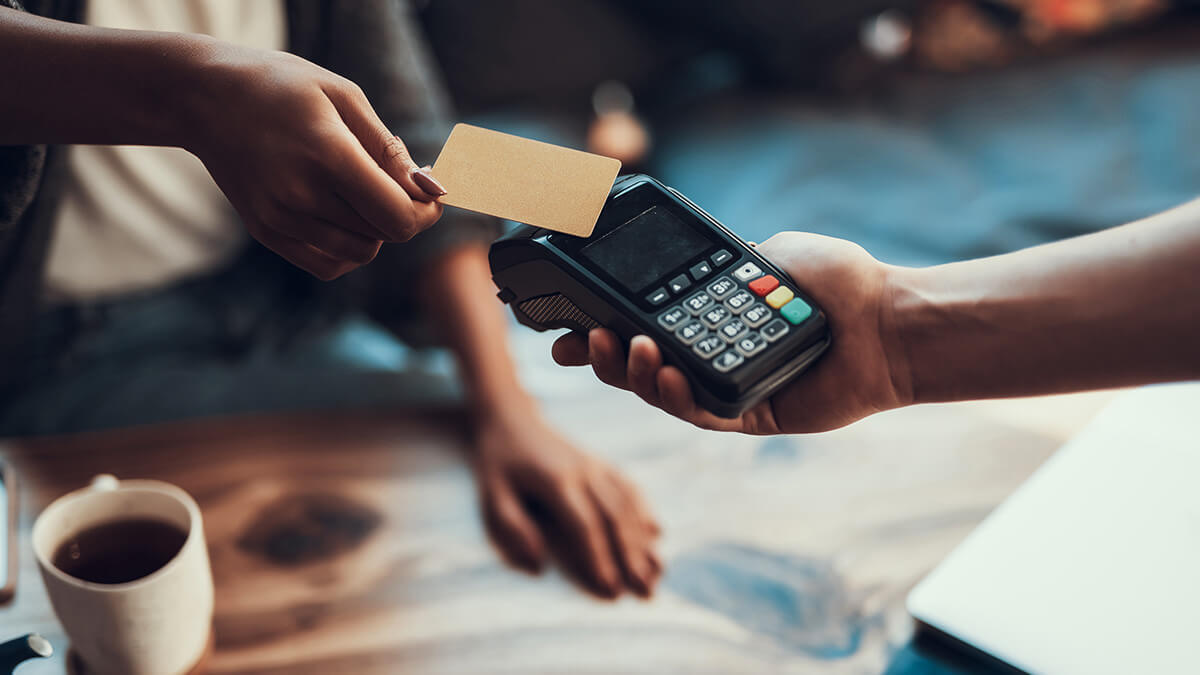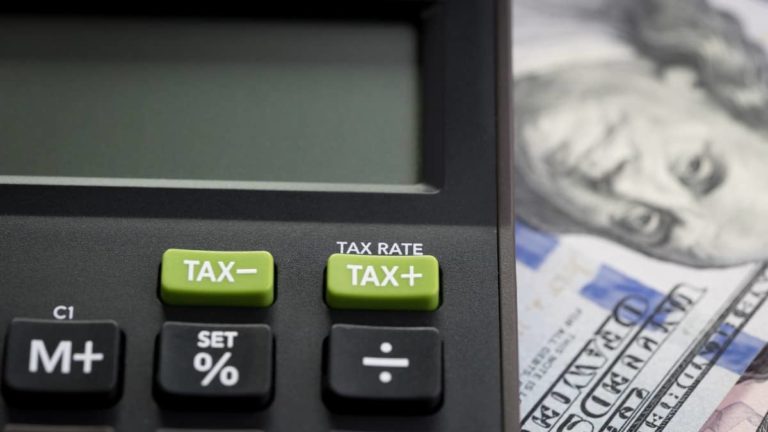Have you ever gone to a restaurant with friends and split the check at the end of the night? If you have, you’ve used a type of split payment. But, what is a split payment? Companies use split payments to make it easier for customers to pay for products or services. Read on to learn the different types of split payments and how to use them.
What is a split payment?
A split payment is a convenient way for customers to pay for goods or services by using multiple types of payment methods (e.g., cash, credit card, etc.). Customers may use split payments for different reasons. And depending on customer needs, you can split payments between tender methods or over time.
There are three types of split payments you should know about. You can split pay using different:
- Payment methods from the same person
- Payment methods from multiple people
- Periods of time
1. Payment methods from the same person
Split payment transactions from the same person occur when a customer pays with multiple tender types. Customers can choose this form of split payment for different reasons. With this type of split payment, one person makes multiple payments to cover the transaction amount.
Here are a few combinations of tenders for this type of split payment:
- Cash and credit/debit card
- Multiple types of credit/debit cards
- Gift card and cash or gift card and credit/debit card
The customer can divide the total amount however they’d like as long as they pay the total amount. Let’s look at an example to see how this works in action.
A customer goes to an outdoor supply store for an upcoming camping trip. The customer has a $100 gift card, but the total price of their camping gear is $300. To pay, they use the $100 gift card first and have a remaining balance of $200. The customer then pays the remaining $200 with a credit card.
| Tender | Amount Paid of $300 |
|---|---|
| Gift card | $100 |
| Credit card | $200 |
By splitting up the payment over two types of tender, the customer can use their gift card and still cover the bill.
2. Payment methods from multiple people
Split payments can involve several people paying part of the bill’s total with the same or different tenders. Let’s take a look at what a split payment from multiple customers can look like.
Four friends go to a restaurant for lunch. They share two appetizers and order meals for themselves. A few decide to have drinks with their lunch, and one friend gets dessert. When the check comes, they decide to split the bill by specific items and the tip.
Here’s how the bill breaks down between the friends:
| Customer | Order | Price |
|---|---|---|
| Friend 1 | Meatloaf Fried pickles 20% split tip Total paid | $14.00 $7.50 $3.67 $25.17 |
| Friend 2 | Pot roast & gravy Sweet tea 20% split tip Total paid | $14.00 $2.00 $3.67 $19.67 |
| Friend 3 | Hamburger Queso & chips 20% split tip Total paid | $9.00 $7.00 $3.67 $19.67 |
| Friend 4 | Cook’s salad Soda Blackberry cobbler 20% split tip Total paid | $13.00 $2.00 $5.00 $3.67 $23.69 |
| Total bill | $88.20 |
The total bill (with a 20% tip) is $88.20. The customers decided to split the money based on specific orders while sharing the tip equally.
Again, there isn’t just one way to split credit card payment. There are several different ways the customers could have split their payment. For example, they could have paid equal shares of the bill or a customer could use cash instead of a credit card.
3. Different periods of time
When a customer pays over a period of time, this type of split payment is known as buy now, pay later (BNPL) or a point of sale installment loan. When a customer chooses to use BNPL to pay for a product, a third-party BNPL provider pays the business the total amount. Then, the customer pays the third-party back over a set period of time.
Because a third party is involved, sellers have to pay anywhere from 2% to 8% of the customer’s total for all BNPL transactions. So, what does this look like in action?
Say a customer goes to their local bike shop to purchase a new mountain bike. The mountain bike costs $4,000 and the customer chooses to use the bike shop’s BNPL plan. The third party that provides the BNPL plan charges the bike shop a 5% fee on all BNPL transactions. When the sale is made, the BNPL provider pays the bike shop $3,800 for the transaction and keeps $200 for the 5% fee. The customer then pays the third-party provider the full $4,000 over time.
| Mountain Bike Cost | BNPL Provider Pays the Bike Shop | Customer Pays the BNPL Provider Over Time |
|---|---|---|
| $4,000 | $3,800 | $4,000 (~$333.33 per month) |
BNPL is a great way to generate sales. It may convince customers to spend more money at once because they can pay over time versus up front.
What are the benefits of split payments?
Split payments are convenient for customers and business owners alike. Split payments offer ways for a single customer to spread their purchase over multiple tenders, several customers to share costs, or a customer to spread payments out over time.
Customers may choose to use a split payment method because they:
- Are near the spending limit of their credit or debit card
- Have a gift card that can’t cover the total
- Want to share the cost with other customers
- Need to pay over time
Whatever split payment you offer customers, make sure to make a split payment policy so that your customers know what to expect.
Looking for accounting software that helps you keep your time and money? Patriot’s online accounting software is simple, fast, and accurate. Try it for FREE today!
This is not intended as legal advice; for more information, please click here.





